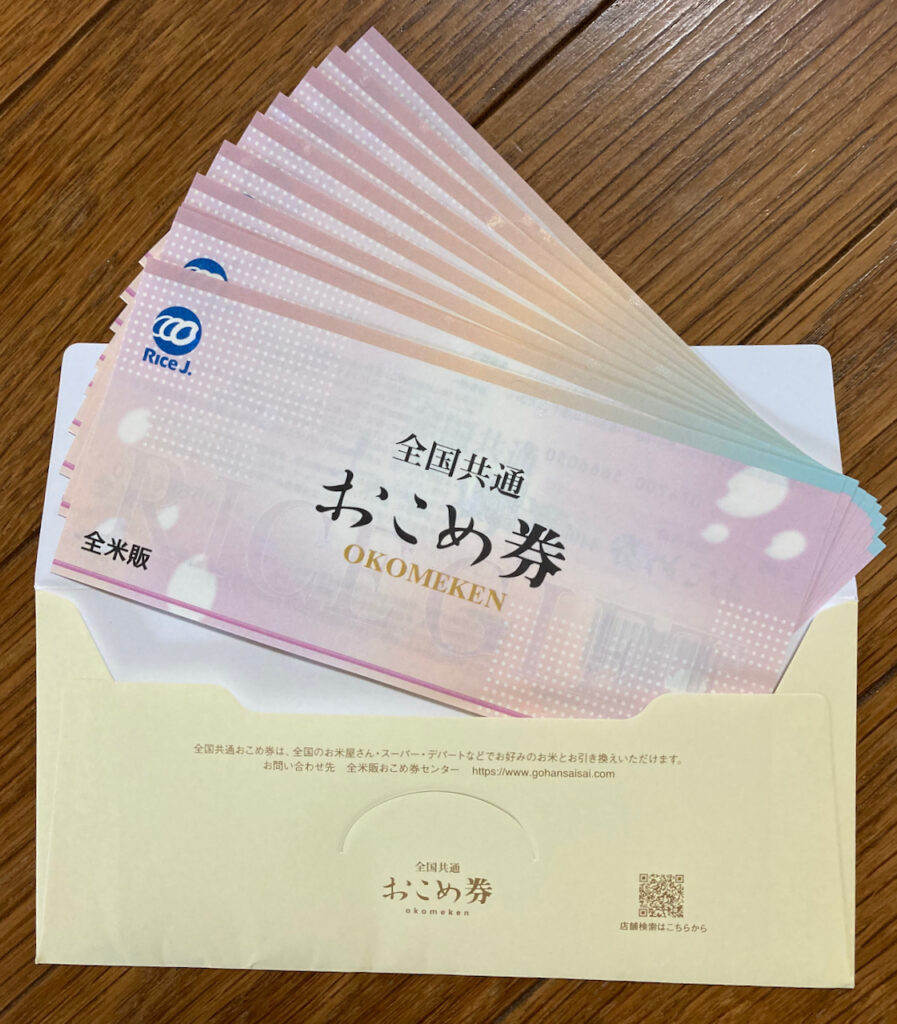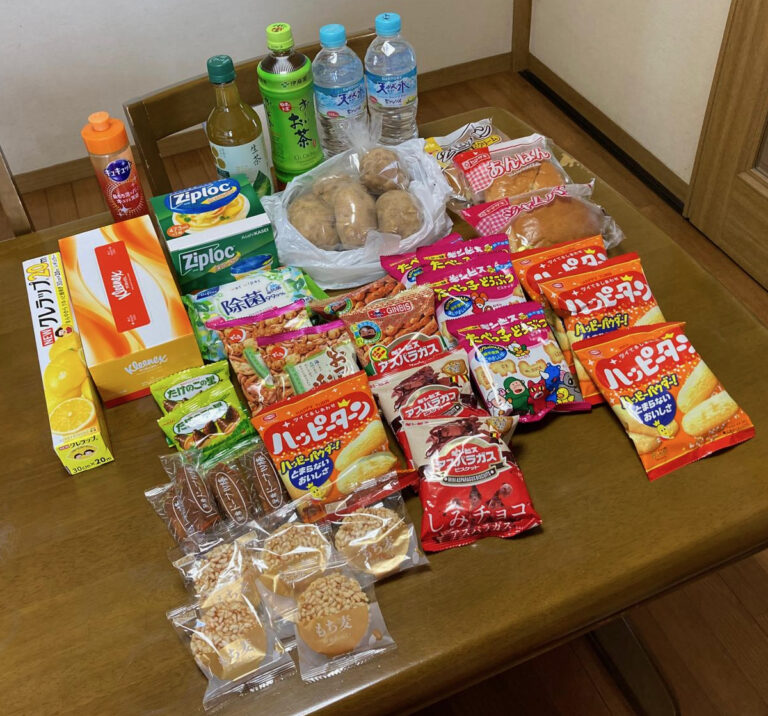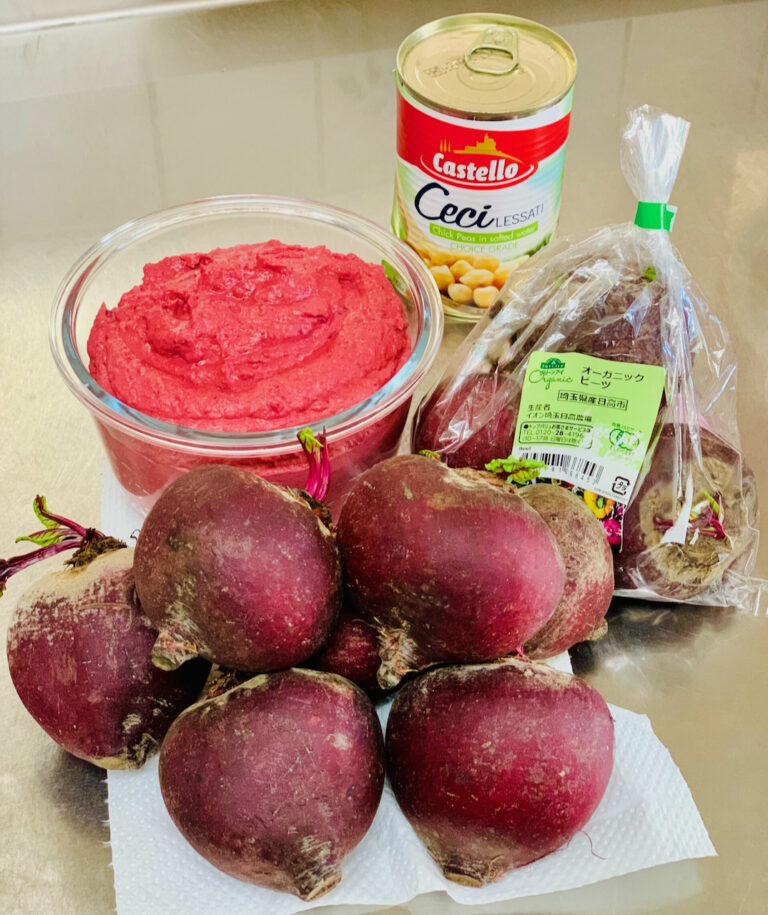
For various reasons, rice, which is as important in Japan as pasta to the Italians or baguettes to the French, has become much more expensive this year – at one point and depending on where you bought it, double the normal price. This crisis has been all over the media in recent months, and one of the government’s countermeasures has been to release large amounts of what is known as bichikumai (備蓄米), which is rice stockpiled in case of emergencies. This means that should there be a natural disaster or a poor harvest in the next couple of years, there may or may not be enough in storage to keep disaster victims or ordinary consumers sufficiently dosed with carbohydrates.
When we went to Costco a few weeks ago, we turned up at opening time and were fortunate enough to get our hands on a 10 kg bag of bichikumai for less than 4,000 yen (about 20 GBP) – roughly half the price of 2024-vintage, supermarket-bought brands. Mrs M prepared some in our rice cooker this week and M Jr I and II said that it tasted perfectly normal, although Mrs M’s brother has done various comparisons and insists that he can tell the difference. While his imagination may be getting the better of him, it is true that bichikumai is kept sitting in warehouses for four or five years, during which time its taste, texture, and smell are likely to deteriorate. Thankfully, rather than simply being thrown away at the end of its use-by date, it is either disguised by mixing it with newer rice in order to be sold, or distributed as animal feed, for use in school lunches, or to food banks and volunteer-run cafeterias for those in need.
The authorities in the city where we live – no doubt in common with many others around the country – have come up with a scheme to help ordinary residents cope with the high price of rice, and this week sent us a letter containing the above envelope full of okomeken (おこめ券/honorable rice vouchers). This scheme, which is called the ’emergency support project for families raising children on rice,’ makes use of a government subsidy that was introduced a couple of years ago to help people cope with the rising cost of living.
Ten okomeken of 440 yen each have been sent to all families with children of 18 and under, and can be redeemed for rice not just locally but anywhere in Japan, with apparently no restrictions or conditions on the size of bag being bought (I assume, however, that we can only buy uncooked rice, as opposed to the microwaveable version and things like rice balls and frozen egg fried rice).
As a family that eats significantly less rice than many of our peers, it will take quite some time to use up our vouchers, which shouldn’t be a problem as they don’t appear to have a use-by date. In the meantime and along with everyone else in the country, we’re hoping that the heatwave during June and July (or perhaps typhoons to come in August and September) doesn’t have an adverse affect on this year’s crop and compound the rice price problem – aka ricis – in 2026.






